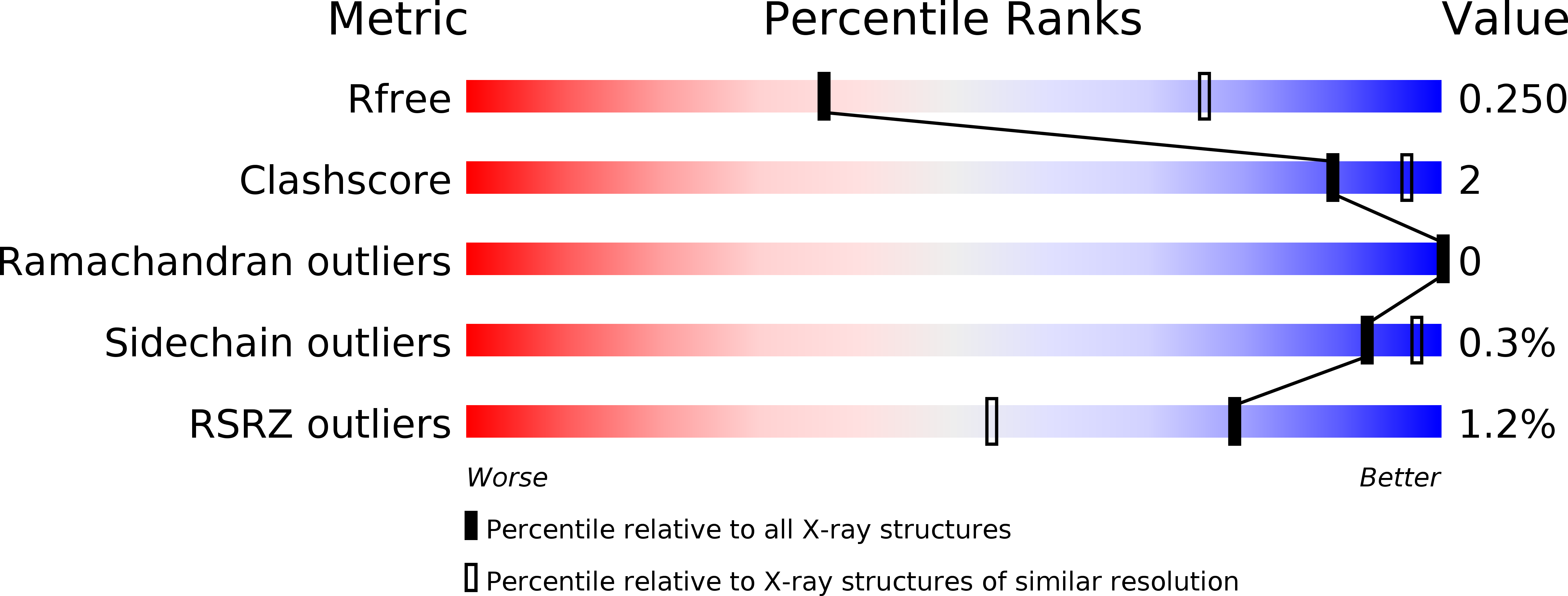
Deposition Date
2016-04-21
Release Date
2016-12-07
Last Version Date
2024-01-10
Method Details:
Experimental Method:
Resolution:
3.00 Å
R-Value Free:
0.25
R-Value Work:
0.22
R-Value Observed:
0.22
Space Group:
P 3 2 1


